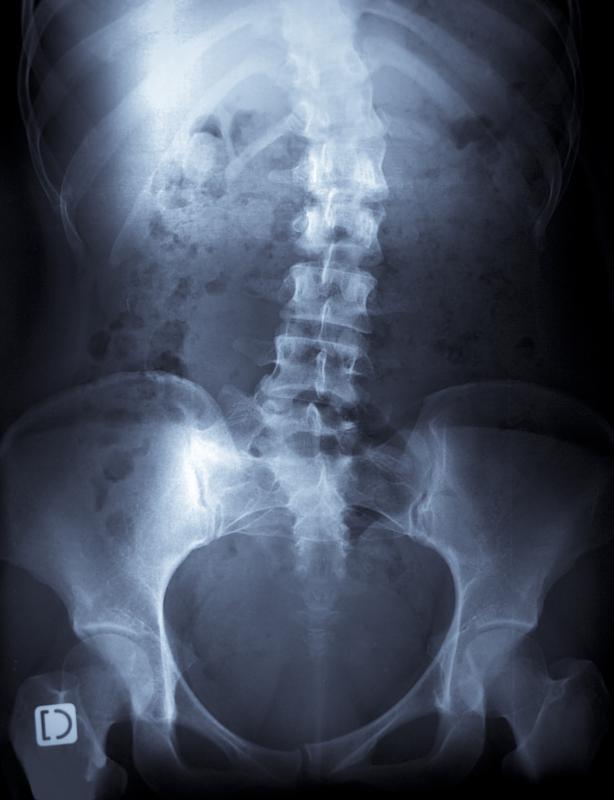At TheHealthBoard, we're committed to delivering accurate, trustworthy information. Our expert-authored content is rigorously fact-checked and sourced from credible authorities. Discover how we uphold the highest standards in providing you with reliable knowledge.
What are Different Types of Spinal Diseases?
Two of the most common spinal diseases are scoliosis and spinal stenosis, both treatable conditions that can be improved through various medical treatments. Other spinal diseases such as sciatica and herniated discs can be treated as well, yet sometimes these disorders of the spine can become quite serious and lead to degeneration if not properly treated or cared for. Often, spinal diseases are the result of an injury or blow to the lower back, whereas some spinal disorders stem from inactivity and immobility. Various treatments such as spinal exercises and anti-inflammatory prescriptions can help decrease pain, increase healing and improve flexibility and strength in the spine.
The most common spinal disease or disorder is seen in many adolescents and is called scoliosis, which twists the spine into an unnatural position and causes poor posture and pressure on the lower back. Usually, scoliosis occurs from poor posture or strenuous activity, and there is also evidence to suggest that scoliosis may have a genetic component, as well. Left untreated, scoliosis can degenerate the spine and lead to pressure on abdominal organs, causing pain and ultimately death due to the lack of function in these organs. Treatment for scoliosis is usually carried out early to prevent this, and involves wearing a back brace for a period of time to help the spine straighten and develop properly.

Spinal stenosis is one of the other spinal diseases that causes unneeded pressure on the spinal cord by narrowing parts of the lumbar and cervical regions of the spinal cord. Causes of spinal stenosis can range from a birth defect to arthritis, and can become quite debilitating if left untreated. Most treatments for spinal stenosis claim that back pain will not fully go away, but various exercises and lifestyle changes will aid in increasing spine strength and in decreasing painful symptoms. Some doctors might tell patients about spinal surgery to help restore the spine, yet these surgeries can often come with a full range of complications.

Sciatica is another common spinal disease, and results in pain traveling down the leg from the compression of the sciatic nerve along the spine. Herniated discs along the spine can also bring many painful symptoms in the lumbar regions of the back, and can become debilitating if left untreated. As with any spinal disorder, increased strength can be gained through various exercises instructed by a licensed physical therapist. Persisting pain may also be controlled through anti-inflammatory medications and through increasing anti-inflammatory foods in the diet.
AS FEATURED ON:
AS FEATURED ON:
















Discussion Comments
Does adhesive arachnoiditis cause spinal swelling?
Post your comments